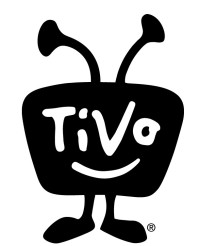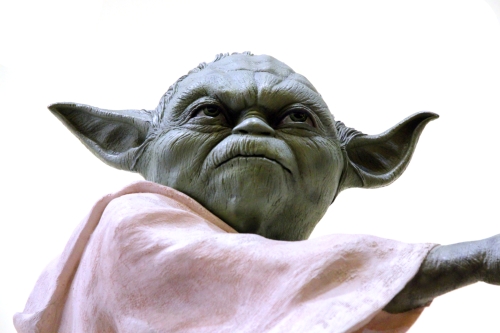By: Brian J. Meli
It’s that most wonderful time of the year again, when kids are jingle belling and everyone’s telling you to be of good cheer. And sure, they’ll be parties for hosting and much mistletoeing, but they’ll be some grousing too—and not just over having to allow eccentric relatives access to your home and hearth. This kind of complaining has to do with the perception, right or wrong, that the true meaning of Christmas is getting buried beneath all the glitz, glamor and excess of the modern holiday season. For more on this topic, look no further than the latest scandal to rock the White House.
Arguments over the traditional theological and modern secular versions of Christmas have raged for a long time. But no matter how you view this hap-happiest time of the year, there really isn’t much debate that, for better or worse, the imagery that’s come to define the contemporary Christmas experience is derived as much from the formidable capitalist forces of mid-20th century America as it is from anything existing at the time of the birth of Christ.
Three of the most famous characters associated with Christmas, after all, have their roots in modern American consumer culture. Two of the three were actually conceived by Madison Avenue pitchmen. And when characters get created to shill products, even ones that have become beloved Christmas icons, it raises all sorts of trademark, copyright and other intellectual property issues. So before you fill up the stockings and deck the halls this year, let’s take a moment to consider who actually owns the properties we traditionally associate with Christmas.










 and shutting down the illicit websites that notoriously traffic in all of the above. But there’s a new front in the war on intellectual property, one where the threat posed by counterfeited and pirated goods has quietly become just as insidious. Far from the big-box shelves, the online auctions and the Internet landing pages that have long been the front lines of this conflict; hidden in plain sight only a few taps away, lies a large and expanding commercial ecosystem rife with infringement activity—a place that, until recently, has operated largely outside the focus of brand enforcement officials. This relatively new and dangerous frontier is the mobile app marketplace.
and shutting down the illicit websites that notoriously traffic in all of the above. But there’s a new front in the war on intellectual property, one where the threat posed by counterfeited and pirated goods has quietly become just as insidious. Far from the big-box shelves, the online auctions and the Internet landing pages that have long been the front lines of this conflict; hidden in plain sight only a few taps away, lies a large and expanding commercial ecosystem rife with infringement activity—a place that, until recently, has operated largely outside the focus of brand enforcement officials. This relatively new and dangerous frontier is the mobile app marketplace.